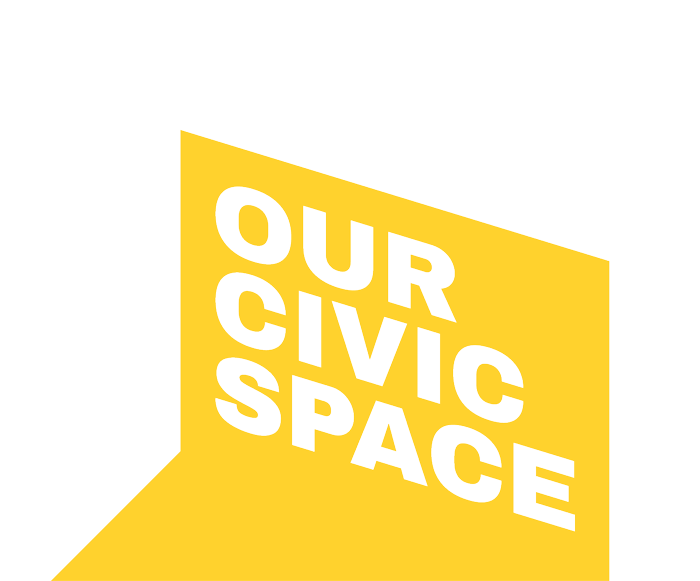Survey on sport and social cohesion
One of our partners, ISA, is taking part in a promising project which focuses on improving social cohesion through sports. For that project, they are requesting organisations using sport for social cohesion to complete a short survey, in order to inform future programming and best practice.
The use of sport to promote social cohesion has grown rapidly in recent years. This includes the use of sport for social inclusion and the integration of refugees and migrants. Public, private and civil society organisations are using sport as a vehicle to advance social cohesion in various contexts.
However, there are various challenges which continue to limit our understanding as to how sport and social cohesion programmes can be most effectively designed, delivered, and measured.
As such, ISA, Sportanddev, the German Sport University and other project partners, are conducting a survey to identify common features, challenges, and best practices in the use of sport for social cohesion.
- Please complete the survey here (available in English and French)
- Deadline: May 7, 2021
- Target audience: organisations that use sport to advance social cohesion.
The survey is part of a broader mapping exercise which seeks to contribute to better understanding of social cohesion at the practitioner level, and the programmatic factors that may influence success.
Why is this important?
There is great diversity of programmes and approaches to sport and social cohesion, including measurement tools. While this is to be celebrated, it poses challenges in identifying standards, common features, and best practices. Further, evangelical notions of sport and top-down approaches remain common, resulting in a gap between theory, policy, and local practices.
Grassroots practitioners voices are often marginalized and crucial factors such as the type of sport, duration of participation, frequency of participation and non-sporting activities are under-reported and analysed. This makes it difficult to identify factors which enable interventions to be effective.
This survey and mapping exercise is part of the Sport and Social Cohesion Lab, an Erasmus+ funded project. The project adopts a highly participatory Living Lab approach to tackle the gaps in knowledge and implementation.
This approach will directly engage programme participants, generate understanding of the elements that advance sport for social cohesion and develop relevant tools for the exploration, measurement and improvement of programmes and outcomes in highly diverse urban neighbourhoods.
How will the findings be used?
This survey will help us identify the assets, needs and challenges experienced by organisations in the use of sport for social cohesion. This will include shaping activities in the above-mentioned project. Findings will be shared publicly and used to inform policy and practice.
- Please complete the survey here (available in English and French)
Story by Sportanddev

